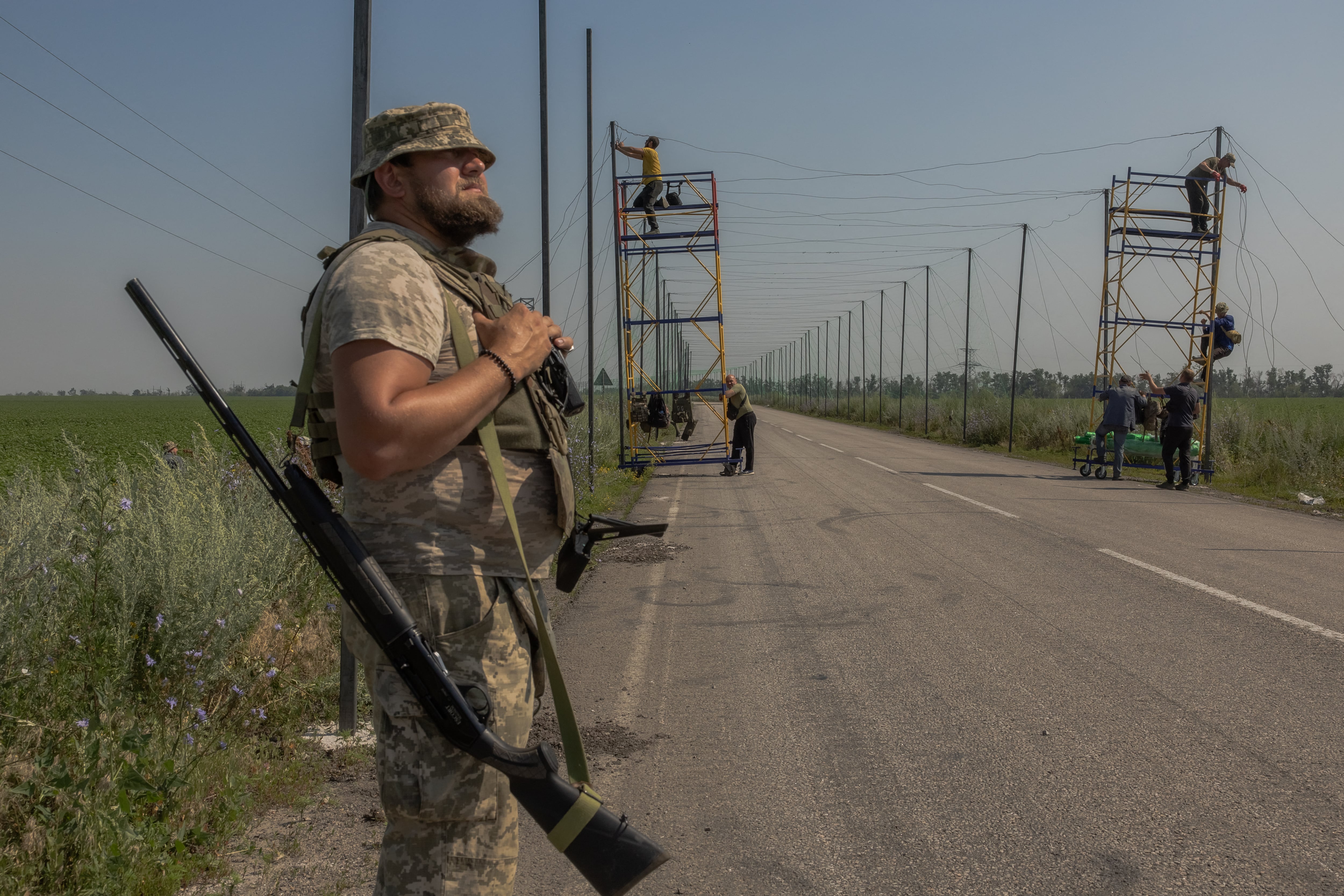The next big advancement in autonomy might not be in the air, but on the ground, the Air Force’s top scientist said Nov. 19Thursday.
Remotely piloted aircraft are in high demand in the current security environment, and the Air Force is still focusing on improving their capabilities and even developing wingmen for manned aircraft.
Now, however, the advanced computers that help operate RPAs aren't just for flying aircraft, but can be installed in ground-based systems that perform tasks like intelligence analysis or mission planning.
Rather than just helping to collect data, autonomous computer systems can analyze it too, and aid military leaders in making decisions, said Greg Zacharias, the Air Force's chief scientist.
"Our community right now is beginning to realize that autonomy is not limited to systems that move about," he said at a hearing of the House Armed Services subcommittee on emerging threats and capabilities. "We tend to think of autonomy in motion because of the RPAs and UAVs. … [However] they're also very useful in decision-making systems."
If you remove the autonomous systems, the computer processing and brains that make RPAs work, and then install them in a ground-based platform, you've got something the Air Force has dubbed "autonomy at rest," Zacharias said.
Speaking with Air Force Times after the hearing, he gave the example of how autonomous systems can help not just with intelligence gathering, but with its processing as well.
"With the Predator and Reaper, we get these tons of video, and they go down and they're looked at by humans," Zacharias said. "You can have an image-processing autonomous system scanning videos 24/7 and then say. 'Oh guess what, there's an interesting event happening' … instead of having people do that."
While the Air Force does already have some computer systems that can do intelligence and image analysis, Zacharias said the advancements in autonomous systems will make the process more accurate, faster and more efficient.
"It's the see-think-do part of all this and it's looking at the image, doing the processing, and then alerting a human," he continued. "Meanwhile the human can be doing much more-higher cognitive functions than staring at a video screen."
Zacharias noted autonomy could also help with things like route planning or mission planning.
"Instead of doing it manually, you would have folks do something with a decision aid giving you three good choices," he said.
The Air Force wants to create autonomous systems that would work with airmen to improve response speed, survivability and effectiveness, Zacharias told the committee.
"Boiled down to its essentials, the Air Force's autonomy science and technology vision is intelligent machines, seamlessly integrated with humans maximizing mission performance in complex and contested environments," he said. "The ultimate goal is to ensure effective teaming of the airman with autonomous systems for better agility, effectiveness and mission success."








